26/03/2018 11:00 PM
Garden fencing is fantastic for creating boundaries and offering security and privacy, but depending on the design of your garden and what features you may/may not have, sometimes the fencing itself can look a bit bare.
Climbing plants are the ideal solution to add colour and texture into your garden in a way that does not take up much ground space, adds height, and creates a more natural enclosure – it's very affordable too compared to other things you can do in the garden which can be costly.
In this blog, creative gardening expert Clive Harris helps you choose the correct plants for different types and areas of gardens, and explains which type of fencing is best for which type of plants. This may enable you to transform your humble garden perimeter into a living fence that will add colour, dimension and diversity to your garden helping you to utilise all the features of the garden.
Choose your plants based on your fencing type
The type of fencing you have can influence which plants are the best option for your garden. There are different types of climbing plants that use different mechanisms to help them attach to a vertical surface.
Twining climbers - work well with semi solid panels and trellis
These types of climbing plant needs an object to wrap the stem around initially, but once attached they are self-supporting. These include honeysuckle and clematis.
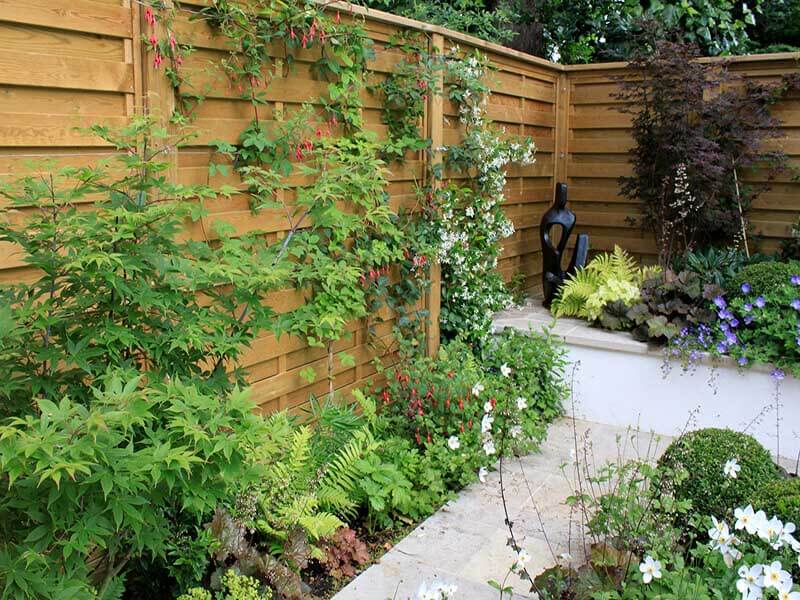
Tendrils climbers - work well with semi solid or solid panels
Similar to twining climbers, this type of plant wraps itself around an object, but it uses its shoots rather than its stem to branch out and pull itself up higher. Common tendrils climbers are sweet peas.
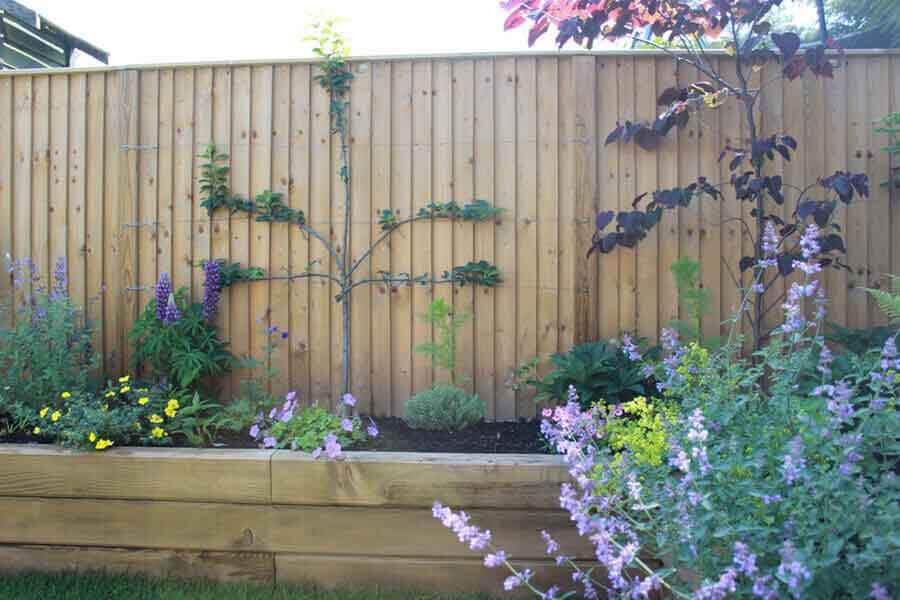
Vine eyes paired with plain wire fencing are a good technique to help your plants get started.
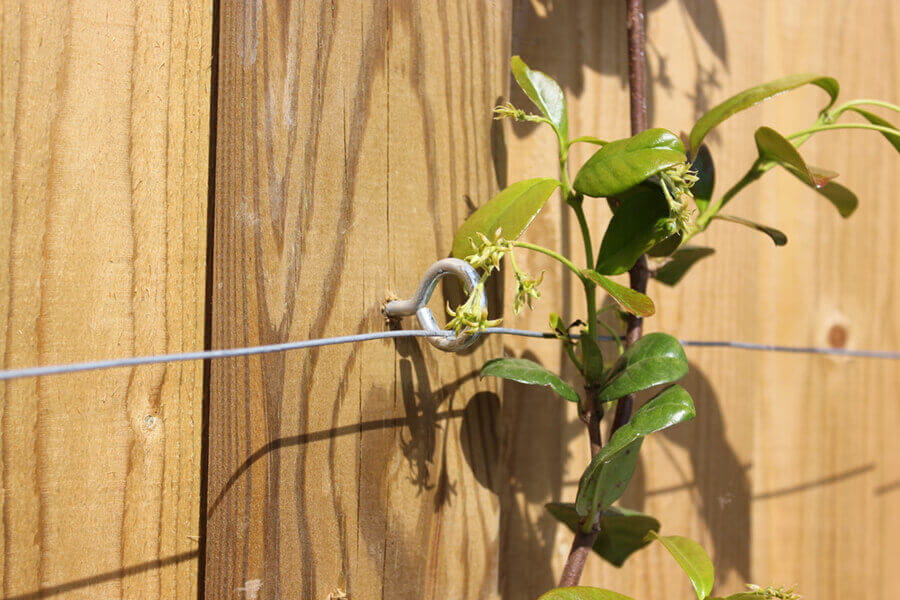
Aerial roots - great for solid fence panels
This type of climber uses roots to clasp onto vertical surfaces. Unlike the other climbing plants it does not need to wrap around an object to grow. Ivy and Hydrangea seemannii are common types of aerial root climbing plants.
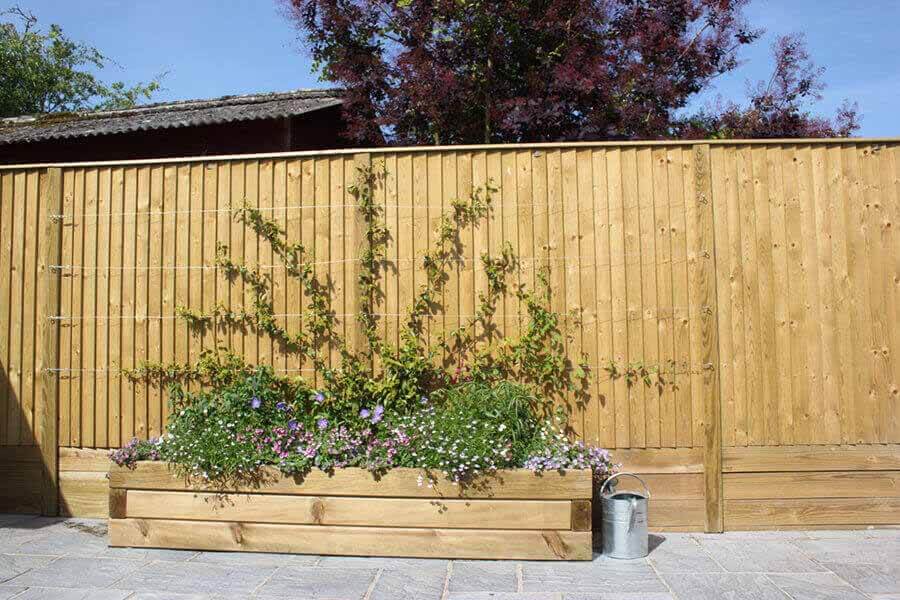
Other types of climbing plants
Some plants can be trained to climb which is particularly effective with Pyracantha, Ceanothus and some rose varieties.
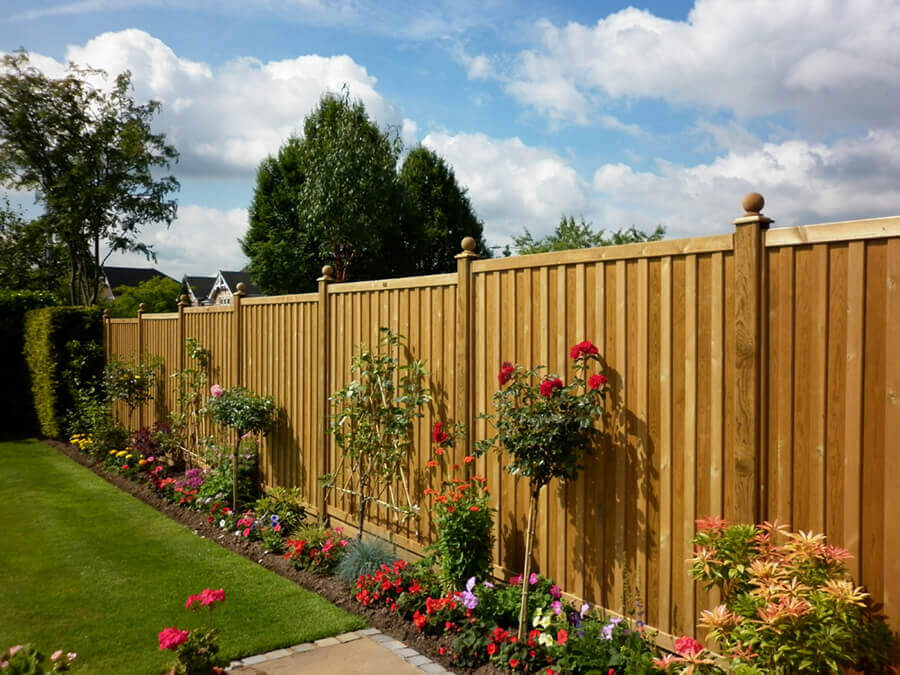
Can I grow climbing plants without trellis?
Although many climbing plants need something to wrap around, it doesn’t mean you can’t grow climbing plants if you have solid panels. If you do want to give them a little extra help, consider adding some wire or a trellis topper. Alternatively, the Canterbury Combi panel has a built in slatted style fence topper which is useful for growing climbing plants.
Bear in mind that solid fence panels don’t allow as much light through as semi-solid fence panels, but there are plants that adapt well with less light.
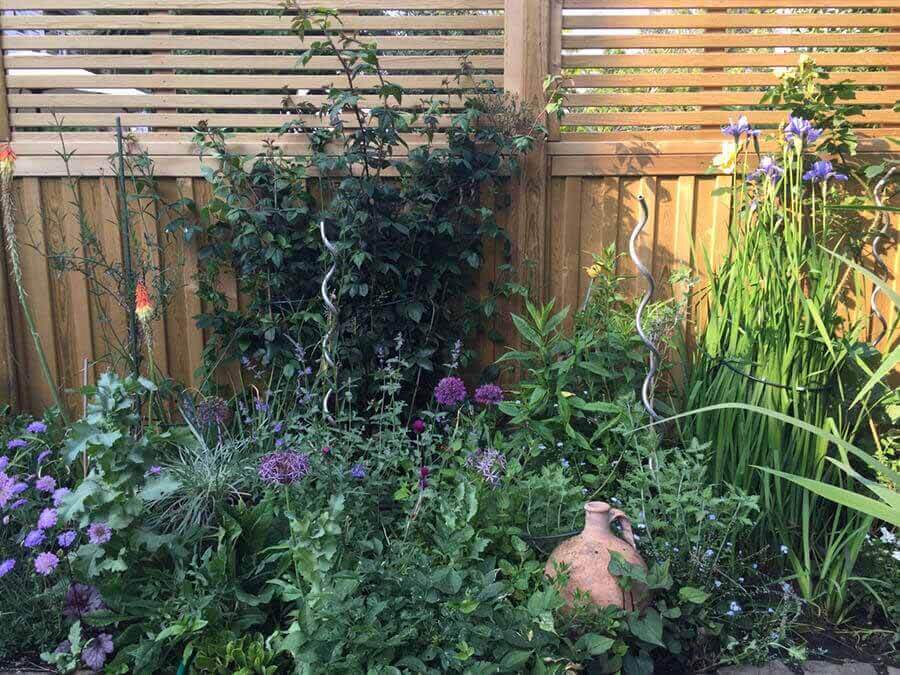
Perennials or annuals
The choice is yours! However, be aware that although perennials climbers bloom year after year, they tend to be rapid growing and rampant, so need regular pruning and care.
Climbers for north and east facing fences
Plants that prefer shaded conditions do well on north and east facing fences, although you should be mindful of what you introduce on your east facing veneer as the strong morning sun can damage frozen buds and leaves in winter. Evergreens are particularly vulnerable here and can easily become withered and browned.
Given that the north and east perimeter is the darkest, coldest part of the garden, it may be tempting to just cover it with a blanket layer of ivy for easy maintenance. However, adding a few vibrant flowering plants such as honeysuckle and scrambling clematis will not only lift the dreariest corner, but will also attract birds and wildlife for an extra burst of life whilst brightening up your garden fence panels.
Best Climbing plants for shade
The best plants to grow in shady gardens include
- Ivy
- Virginia Creeper
- Chocolate Vine
- Honeysuckle
- Climbing Hydrangea
- Some Clematis varieties
- Japanese Quince, Flame Nasturtium
- Some Rose varieties
- Mahonia Japonica
Best climbing plants for full sun
- Flowering Maple
- Butterfly Bush
- White Forsythia
- Honeysuckle
- Grape Vine
- Wisteria
- Passion Fruit
- Virginia Creeper
- Holly leaf Sweetspire
- Rose
- Everlasting Sweet Pea
- Nectarines
- Figs
- Apples
- Cherries
- Peaches
- Apricots
Climbers for south and west facing gardens
While having a garden that’s more shaded may not sound appealing, having a garden in full sunlight can also be damaging to your plants, so make sure you choose climbing plants that cope well in this type of climate. Sweet peas do well against a sunny fence.
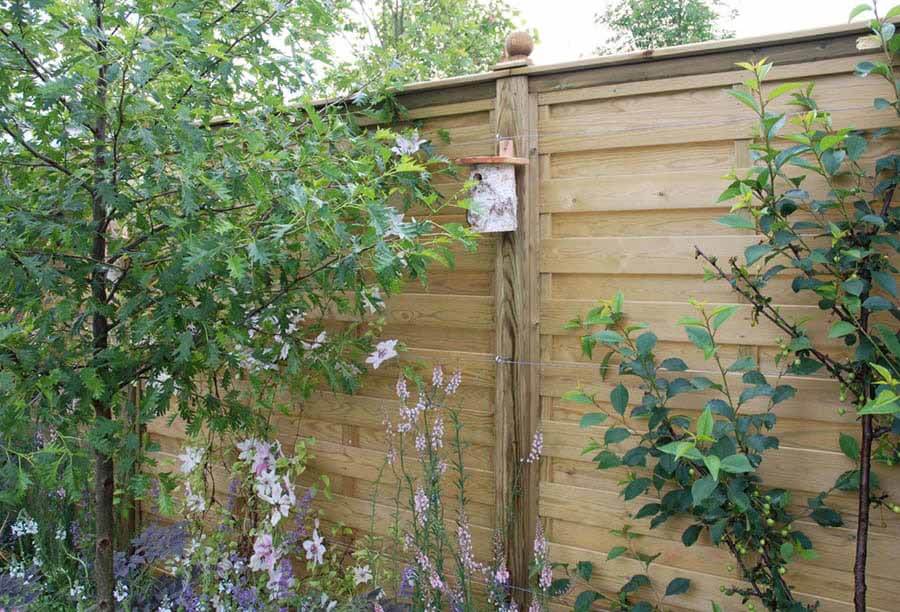
Planting and maintaining your climbers
Before planting, you should ensure that you have supports in place. Whether you are using wire, trellis or some other form of support, it should be secured at least 2 inches from the surface of the fence. This will allow your plants the space to breathe and grow. You should leave an 18-inch gap between the fence and where you plant to give your creeper room for root development and ensure that it catches the rain.
Plants should be pruned each season after flowering. Pruning climbing plants involves tying in new growth, trimming back long shoots and removing any dead shoots. If necessary, you can then trim back excess growth to keep the plant tidy. After pruning, mulch and feed your plants. It is important to prune at the right time, otherwise your plant may fail to bloom and thrive the following year.
Pruning is an integral part to keep the timber fence in top condition. It's essential that climbing plants are pruned and maintained to ensure the timber fence is kept in good condition. If plants are left they could create in-ground conditions and disqualify you from our 25 year guarantee.
Keep an eye out for any diseases or infestations, and treat accordingly to minimise damage. Climbers are prone to root diseases as well as powdery mildew and aphid/scale insect invasions.
Although the initial planting and training may seem like a lot of effort, the results are definitely worth it. Most climbers are rapid-growing so you get fast gratification for your exertions. Take care of your climbing plants and you will have many years of enjoyment in return!
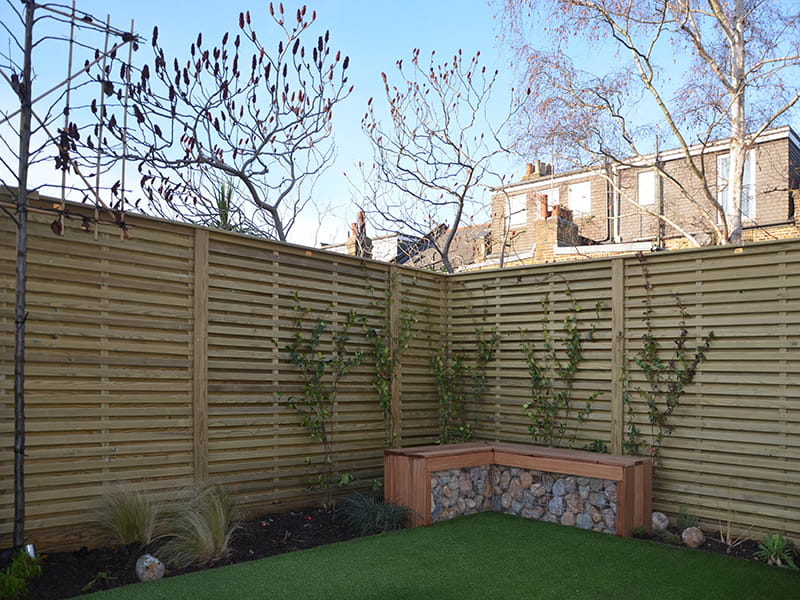
Of course, you don’t need to buy specific climbing plants at all, foliage and flowers can add interest to any fence. It works particularly well with semi-solid fence panels like Venetian Hit and Miss, especially if you want to have more privacy.
Related Content